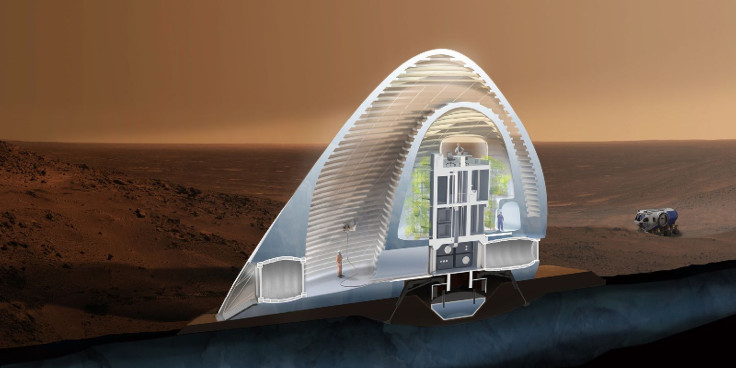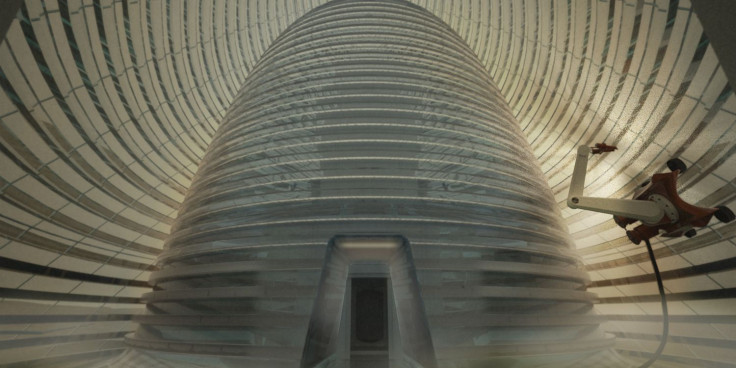Mars Ice House: A 3D-Printed Igloo Bags First Prize In NASA's Mars Habitat Contest

In May, NASA announced the launch of a $2.25 million competition to design and build a 3D-printed habitat for space exploration. Now, the space agency has awarded two teams a total of $40,000 in the first stage of the challenge, with the first-place award of $25,000 going to a “Mars Ice House” -- a multi-layered pressurized shell of ice that encloses a habitat and gardens.
“With water as the core resource for future outposts on extraterrestrial bodies, NASA has taken a 'follow the water' approach to exploration; Ice House extends that concept to construction,” the project’s website explains. “The architecture of Ice House celebrates the presence of a human habitat as a beacon of light on the Martian surface. The design emerged from an imperative to bring light to the interior and to create visual connections to the landscape beyond, allowing the mind as well as the body to thrive.”

While allowing natural light to enter the habitat, the structure -- designed by the Team Space Exploration Architecture and Clouds Architecture Office -- also utilizes water-ice’s ability to act as a shield against harmful radiation.
“The interior volume of ice is printed as a series of conceptually excavated or 'hollowed-out' programmatic spaces to form the walls and divisions of the habitat volume. The curvaceous rooms create an illusion of cycloramic space, enhancing perceptions of boundlessness, making a small space seem quite large,” the project team said, in a statement published on its website.

The second place was awarded to Team Gamma, which designed an inflatable habitat that can be coated with Martian regolith, and the third place went to the Team LavaHive, which presented a modular habitat design.
A list showing the top 30 submissions can be viewed here.
Currently, it costs $10,000 to put a pound of payload in Earth's orbit, making missions to establish colonies on Mars economically infeasible. This is where the competition -- part of NASA’s Centennial Challenges Program -- assumes special importance. However, building a 3D printer that works reliably in the extreme Martian environment is also a challenge that is yet to be overcome.
“The creativity and depth of the designs we’ve seen have impressed us,” said Centennial Challenges Program Manager Monsi Roman said, in a press release. “These teams were not only imaginative and artistic with their entries, but they also really took into account the life-dependent functionality our future space explorers will need in an off-Earth habitat.”
© Copyright IBTimes 2025. All rights reserved.






















